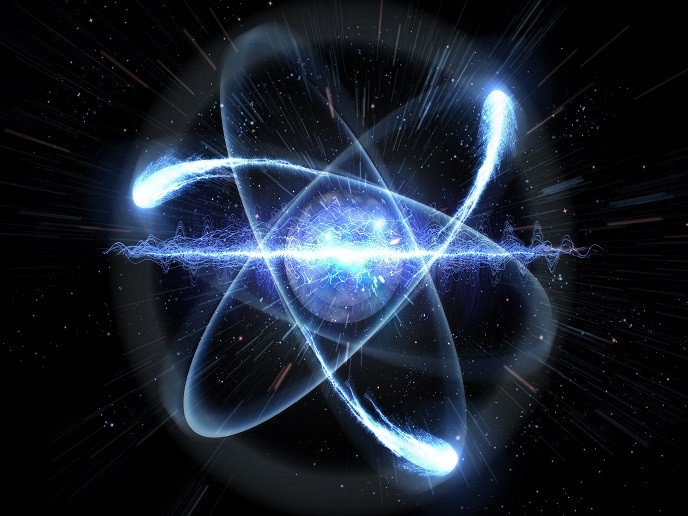Universality shared between critical phenomena
Even for the simplest system, scientists cannot make predictions of all relevant quantities using realistic microscopic models. Of the models that can be solved by exact mathematical methods, most make the same predictions for the system's behaviour near the phase transition as a mean-field model. Near the critical point, observables seem not to depend on the details of intermolecular interactions but on the range of interactions and spatial dimensionality. This observation was the starting point for the EU-funded project RAVEN (Research into various exact and numerical aspects of critical phenomena). The most realistic and therefore challenging models of statistical mechanics can be approached using approximate methods, and this results in theoretical predictions not matching experimental measurements. The RAVEN team focused on 2D models because these can be handled using both analytical and numerical methods. Project scientists were successful in solving for the first time the 2D Ising model for ferromagnets with twisted boundary conditions. The specific model is one of the best studied models of statistical mechanics. In the past, amplitude ratios had been estimated for finite-size corrections of the model with free- and fixed-boundary conditions. The new set of amplitude ratios was found to be universal. Moreover, this universal behaviour was verified with conformal field theory. The scientists also confirmed the conformal field theory predictions for an anisotropic dimer and a spanning tree model with cylindrical and free-boundary conditions. However, more challenging 3D models were also investigated. RAVEN scientists established the number of so-called invisible states that need to be added to the generalised ferromagnetic Potts model to change its phase transitions from continuous to first order. The many exciting results of the RAVEN project have been detailed in 17 publications in renowned peer-reviewed journals such as the Europhysics Letters and the Physical Review. The scientists also accepted invitations to present them at international conferences. The interest in critical phenomena is by no means limited to physical systems. The RAVEN project's results are expected to contribute to deepening our understanding of how everything depends on everything else in many disciplines outside physics.







